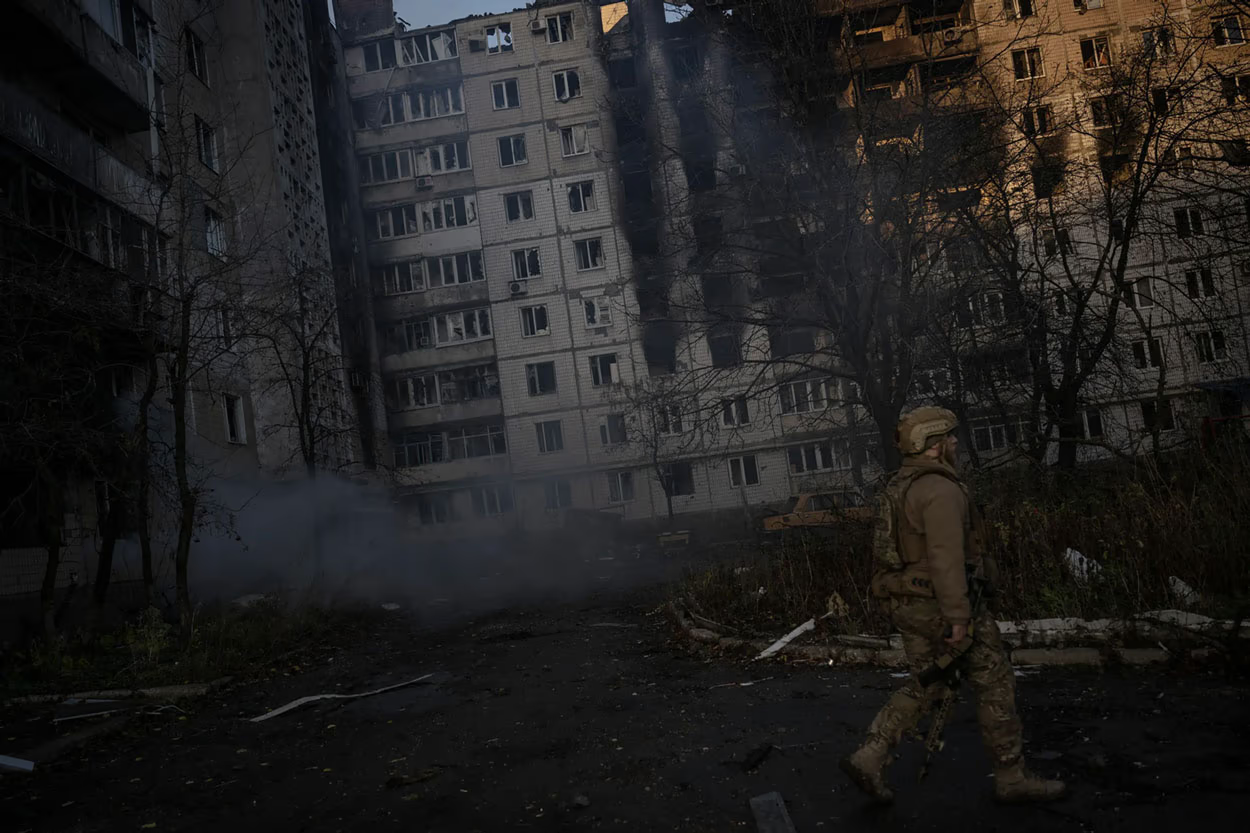Kyiv is continuing to expand the geographical scope of its strikes on Russian military infrastructure. On the night of June 8–9, a large-scale operation—codenamed "Spider Web"—targeted multiple airbases deep inside Russia, including in the Ryazan, Murmansk, Irkutsk, and Ivanovo regions. The information comes from sources within Ukrainian intelligence services.
According to Ukraine’s Security Service (SBU), the targets were airbases hosting strategic aviation aircraft—Tu-95, Tu-22M3 bombers, and an A-50 airborne early warning and control plane. The SBU claims that 41 aircraft were damaged or destroyed. However, sources and analysts at Bloomberg and The New York Times, relying on satellite imagery analysis, estimate Russian losses at between 9 and 20 aircraft.
Strike on Belaya Airbase. This base hosts Russia’s strategic aviation.
Moment of drone launch from a truck in Irkutsk region.
What These Bombers Did to Ukrainian Cities

More Than 30 Dead
Russia Launches Missile Strike on Central Sumy. All Victims Are Civilians

Russia Launches Missile Strike on Residential Area in Kryvyi Rih: 19 Killed, Including 9 Children
So Much for a "Precision Strike on a Concentration of Ukrainian Troops" (Russian' quote)

Cities of Ukraine Before and After Russian Army Attacks
Ukrainian designer Andrey Goopsa has illustrated how Ukrainian cities have changed during the war

Pain and ruins
What Russia did with Ukrainian cities (and continues to do)
The strike is particularly significant given that the Tu-95 and Tu-22M3 have long been out of production and cannot be replaced. This makes the attack not only tactically effective but strategically damaging for the Russian military.
Olenya Airbase in Murmansk region after the Ukrainian drone strike.
